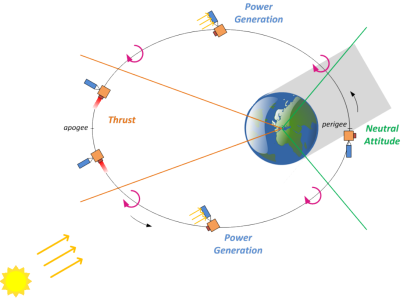Impact of controlled and semi-controlled re-entry on Spacecraft design

There is increased attention being given to safeguarding Earth's orbital environment, as reflected by the number of relevant regulations that are being set forward by national governments and international organisations. Among others, ESA has published a Space Debris Mitigation Policy for Agency Projects (ESA/ADMIN/IPOL(2014)2), supported by the corresponding ESA Space Debris Mitigation Compliance Verification Guidelines (ESSB-HB-U-002). The French government has set the Space Operations Act (Loi relative aux Opérations Spatiales), which is fully applicable to European launchers and satellites manufactured and/or operated from French territory.
Low-Earth orbit (LEO) has been designated as a protected region, being a valuable region to operate satellites and consequently the most congested Earth orbit region. Therefore, the regulations dictate that satellites reaching their end of life must leave these protected regions, typically by re-entering the Earth atmosphere within a maximum of 25 years. In doing so, satellites will typically burn up in the atmosphere, apart from some components which may survive the heat of re-entry. Safety is a major concern, thus the various regulations also stipulate that satellites must clear the LEO region in a way that is also safe to people on the ground.
